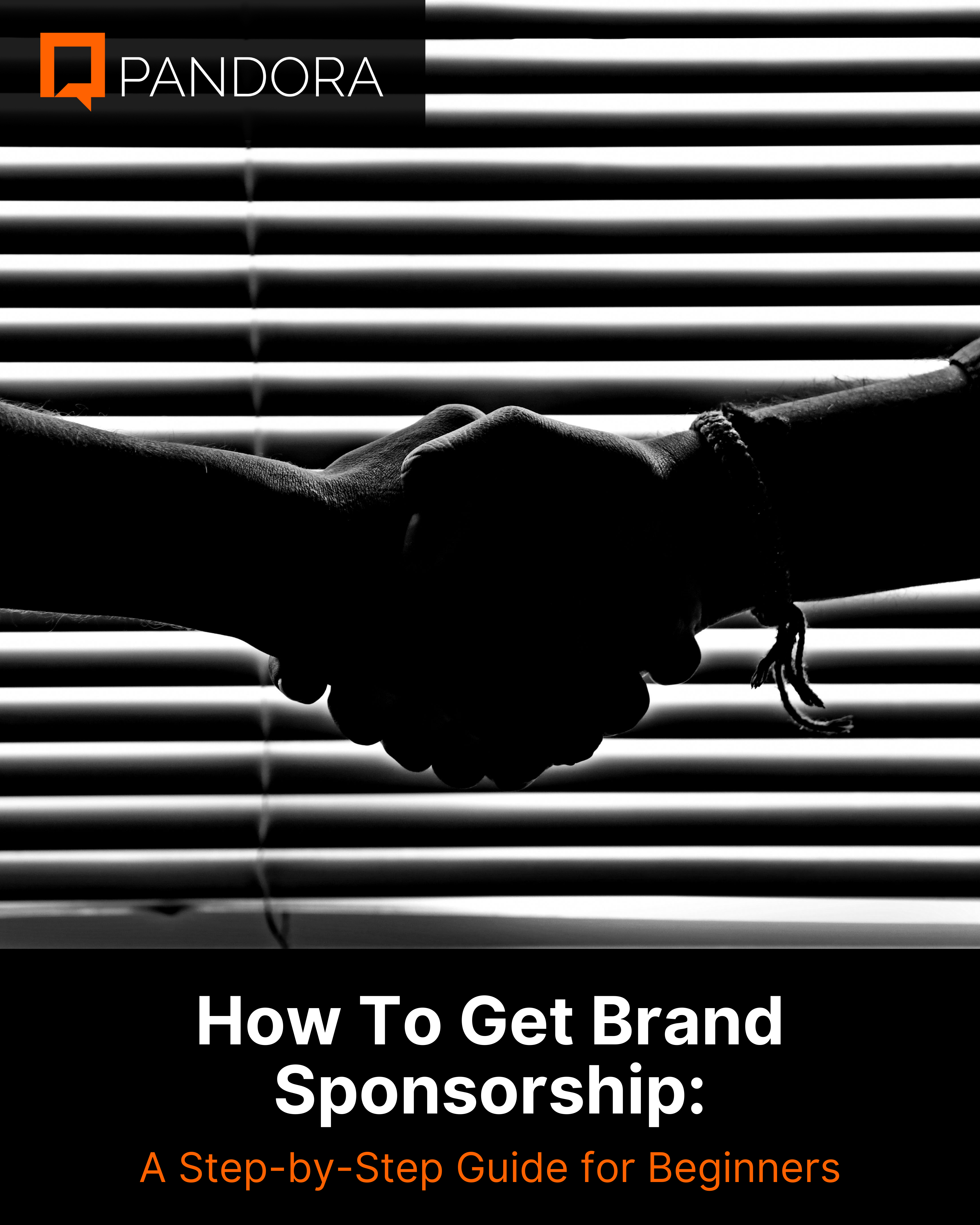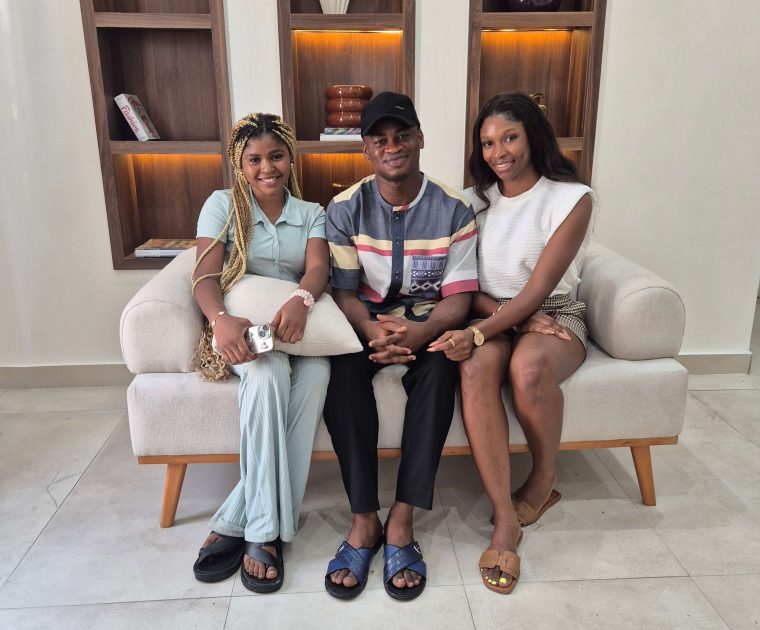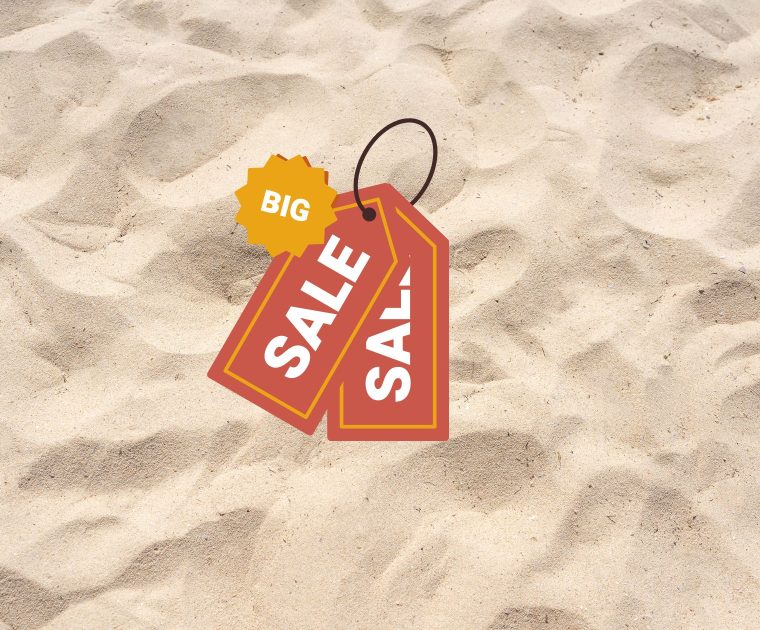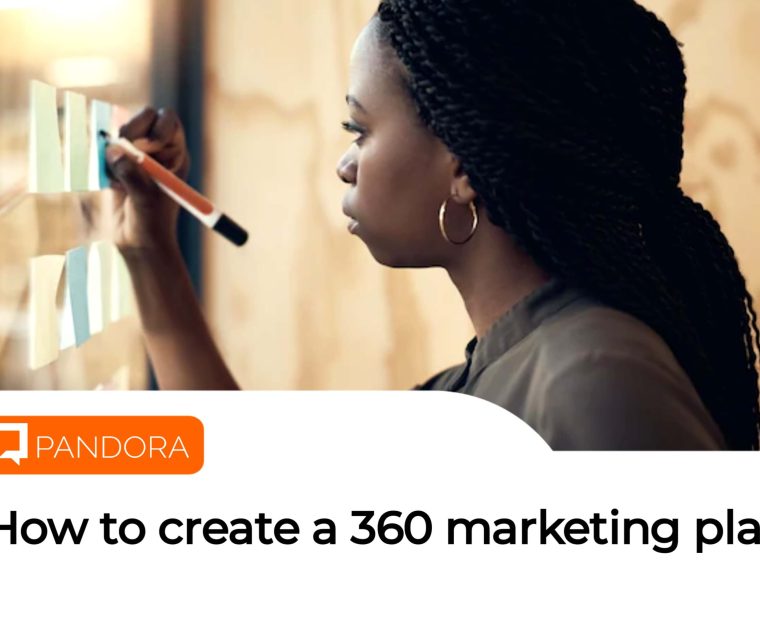Want to know how to get brand sponsorship? You’re in the right place. There’s no doubt that securing brand sponsorship can be a great deal, especially for new brands and startups. But that’s what we’re here for — to be your guide through the crowded market.
Landing a sponsorship deal can help your brand in many ways. It can greatly enhance your popularity and credibility whether you’re a content creator, event organizer, athlete, or a business.
Steps on How To Get Brand Sponsorship
Ready to learn how to get brand sponsorship? Follow these steps and you’ll land your first brand sponsorship in no distant time:
1. Define Your Brand and Audience
To begin grabbing those sponsorship deals, you’ve got to start from the basics. Firstly, you need to clarify your brand identity. This means that you have to carefully craft what your brand stands for. Think mission and vision statement, brand colors, texts, target audience, etc. And secondly, you need to identify what makes your brand stand out from your competitors.
Speaking of target audience, it’s important that you know your target demographic, including their behaviors, interests, and preferences. This will help you know where and how to channel your marketing energy and how to present your brand.
2. Build Your Platform
Your digital presence is very important. After defining your brand, the next thing is to begin creating quality content for your brand. Ensure that the content you create is engaging, high-quality, and aligns with your brand’s voice.
It’s important that you put in the effort into developing your online presence and you can achieve that with quality content creation. Take advantage of social media, websites, and other digital platforms to increase your visibility and reach. Remember, in this digital age, your potential sponsors will be online looking for brands that are the right fit for them.
They’re likely to check whether your brand values or message align with theirs. Of course, they’ll also check the number of engagements, tone, and conversions.
3. Grow Your Audience
After setting up your digital platforms, you’ll need to grow your audience. This can be your social media following, email list, or website visitors. Brands usually award sponsorships to brands with a good amount of social media following and/or website visitors.
You can grow your audience by fostering a community through regular interaction, feedback, and content tailored to their interests. A faster way to grow your reach would be to partner with others.
Partner with influencers or creators within your niche to expand your reach. Sometimes, this can cost you money, but it can be worth it in the long run.
4. Identify Potential Sponsors
When you’re all set up and getting a decent amount of engagement and followership, you can start thinking about sponsorships. You can start by looking for brands that align with your values and appeal to your audience.
For instance, if your brand is all about skincare treatment tips, you can look for brands within the same industry, like skincare brands that make skincare products that treat skin conditions.
More importantly, you should look for brands that align with your values and appeal to your audience. This will make all sponsorship advertising efforts look natural and blend perfectly into your content.
Ready to look for brand sponsorships? Start by considering local businesses. Smaller, local businesses can be more accessible for beginners rather than huge, well-known brands. So, if you’re a skincare consultant, you might want to look into getting sponsorship deals from new local brands in the skincare industry.
5. Create Sponsorship Proposals
Next, you’ll have to create a sponsorship proposal. You can’t just sit around and wait for a brand to find you. You have to find the brand. What if your brand is exactly what a brand has been looking for for a sponsorship? Think of it like cold emailing.
In your proposal, you’ll have to briefly introduce yourself, your brand, and your platforms. Throw in some audience insights like demographics and your engagement statistics to make your proposal more convincing and understandable.
Don’t forget to include what the sponsor stands to benefit from the partnership. Stress-out benefits like an increase in reach and engagement for the sponsor.
You could also make things easier for the sponsor by offering different levels of sponsorship options with corresponding benefits. This way, the sponsor won’t feel overwhelmed with cost and have more options to choose from.
6. Reach Out to Brands
Engage with brands on social media and establish a rapport before pitching your proposal to them. This helps to make your sponsorship pitches not look like you’re spamming them. You can also go a step further by sliding into their DMs to extend a hand of friendship.
Attending industry events, conferences, and networking meetups can help you connect with brand representatives quickly. Don’t be shy to walk up to a representative and extend a hand of friendship. Feel free to contribute ideas and ask questions during events to establish your presence.
After building enough rapport, the next thing to do is reach them via email or whatever official platform they’re comfortable talking with you. Don’t forget to personalize your emails, including your proposals.
7. Follow Up
Send a follow-up message if you haven’t heard anything from the brands within a week or two of sending your proposal. Sending a followup message is important as some brands tend to forget to attend to your email or not see it at all due to heaps of emails they receive in a day.
Your follow-up message should be concise and straight to the point while following the same email trail as the former. Be polite but persistent in your follow-ups, showing genuine interest in collaborating and asking to get feedback from them soon.
A good example would be:
Subject: Follow-Up on Sponsorship Proposal
Hi [Sponsor’s Name],
I hope this message finds you well. I wanted to follow up on my previous email regarding a potential sponsorship collaboration with [Your Brand/Platform Name]. I am truly excited about the possibility of working together and believe our partnership could yield great results for both parties.
In case my earlier message was overlooked, I have attached the proposal again for your convenience. I am happy to discuss any details further and tailor the sponsorship package to better suit [Sponsor’s Company Name]’s goals.
Thank you for considering this opportunity. I look forward to hearing from you soon.
Best regards,
[Your Name]
[Your Contact Information]
[Your Website/Social Media Links]
8. Negotiate Terms
Gotten feedback? Now’s the time to negotiate terms. There’s no golden rule for negotiating terms. And what worked for another brand may not work for you. You have to figure out what you’ll be comfortable with.
In this stage, you’ll have to discuss and agree on deliverables, timelines, and compensation. Be open to negotiation to reach a mutually beneficial agreement, and don’t accept any terms out of desperation or create one out of greed.
9. Delivery, Measurement, and Reporting
After negotiating and finalizing terms, you’ll have to stick to fulfilling your end of the bargain. This means you’ll have to follow up with deadlines and meet all deliverables. Make sure the content you put out is your best and the content is of the highest visual quality.
You’ll also need to measure and give reports of your sponsored content so far. Tools like Google Analytics, Coverage Books, and baked-in social media analytic tools can help you plot detailed stats. You’ll also need to create a report document with screenshots of the stats to showcase the impact of your partnership.
10. Build Long-Term Relationships
Having recurring brand sponsorships is something you should long for. You can achieve that by, first, doing a great job, then building long-term relationships.
Maintain communication with your past brand sponsors, providing them with updates and seeking feedback on how to be better. In addition, continuously look for ways to offer value to your sponsors to nurture long-term relationships.
Conclusion
Securing brand sponsorships as a newbie can be difficult, but by taking a disciplined strategy, you can effectively attract and collaborate with brands that share your beliefs and audience.
Ready to make a convincing case for a company’s sponsorship? Start by clearly identifying your brand, creating and engaging your audience, and providing a compelling proposal. Remember, persistence, professionalism, and authenticity are essential for building and keeping effective sponsorship partnerships.
Have questions or contributions? Let’s hear it in the comments below. Struggling to get sponsorship deals? Contact us here, we can help you.
Did you enjoy reading this article? Feel free to share it with friends and colleagues who may be interested in it. Remember, sharing is caring.






I would like to be sponsored by Nike because I love Nike and I love it’s say “Just Do It” and I want to advertise Nike
Thank you
I want Nike to sponsor me as an school athlet so that I can advertise Nike brand and its say “Just Do It”
Anything is possible!